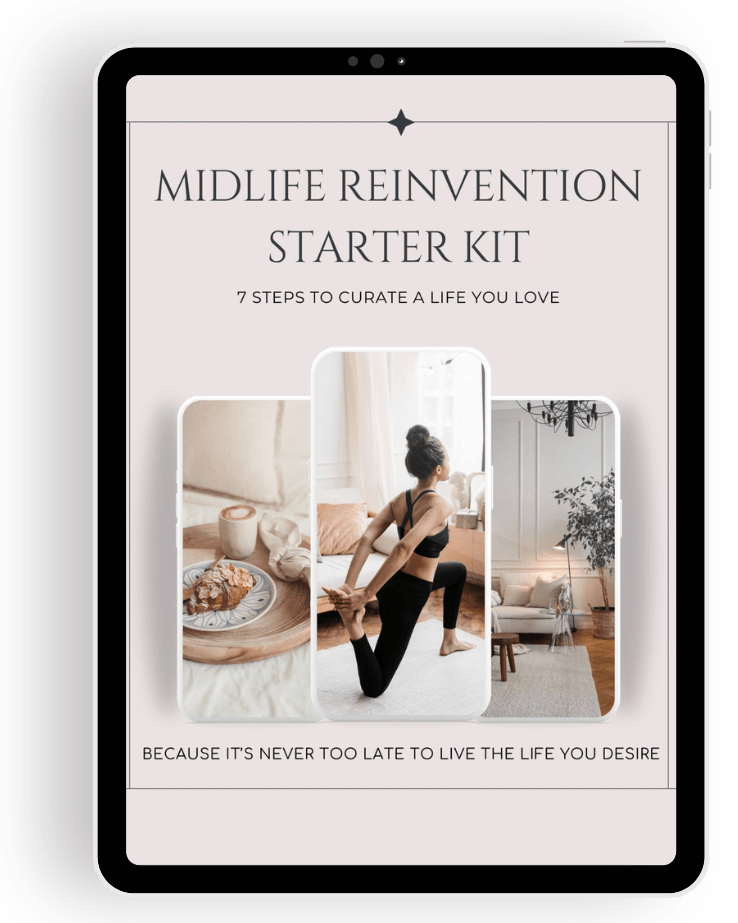Ah, spring, the season of renewal, blossoms, and… sneezes? If you’re one of the millions who suffer from seasonal allergies, you know that the beauty of spring and summer comes with a side of sneezing, itchy eyes, and congestion.
But don’t fret! Your home can be your sanctuary, a place where you can breathe freely and enjoy the season without suffering. Below, we discuss seasonal allergies, their common triggers, and how you can keep your home allergy-free through practical and straightforward steps.

Understanding Seasonal Allergies
Let’s start by demystifying what seasonal allergies are. Seasonal allergies are allergic reactions triggered by airborne particles such as pollen, mould spores, pests like dust mites, and even tiny fungi. These allergens tend to be most prevalent during certain times of the year.
For example, pollen is most rampant during spring and fall and may lead to allergies. Pests such as cockroaches and mosquitos are common in summer and dust mites in winter, and their presence may trigger allergic reactions at these times of the year. This is all the more reason you shouldn’t let your home be a playground for these menacing bugs.
The diseases and menace they carry with them, coupled with seasonal allergies, can be a big problem for people sensitive to them, making these seasons twice as troubling.

Common Triggers of Allergic Reactions
Pollen: Trees, grasses, and weeds release pollen, and when you inhale it, your immune system may overreact, causing those classic allergy symptoms.
Mold Spores: Mold can grow in damp areas like basements and bathrooms and release spores into the air.
Dust Mites: These tiny creatures thrive in the dust that accumulates in our homes, especially in bedding, carpets, and upholstery.
Pet Dander: If you have furry friends, their skin flakes, urine, and saliva can all be triggers for allergies.
Pest Droppings and Bites: Not the most pleasant topic, but cockroach droppings, mosquito bites, and dust mites are common allergens in some homes.

Allergen-Proofing Your Home
Now, the good news: you don’t have to barricade yourself inside to avoid seasonal allergies. You can take several practical steps to allergen-proof your home and breathe easily. Here’s how:
1. Maintain a Clean and Pest-Free Environment
Dust, vacuum, and sweep regularly. Eliminate cockroaches, mosquitoes, rodents, and all other pests using Terminix pest control, a reliable and trusted solution. Use a vacuum cleaner equipped with a HEPA filter to trap tiny particles and prevent them from being recirculated in the air. Wipe down surfaces with a damp cloth to capture dust. Control
2. Wash Bedding and Curtains
Bedding and curtains are notorious dust mite hideouts. Wash them in hot water (at least 130°F or 54°C) weekly to kill dust mites. Consider allergen-proof covers for pillows and mattresses.
3. Control Humidity
Keep humidity levels in check, ideally between 30-50%. A dehumidifier can help reduce mould and dust mite growth. Fix any leaks to prevent mould from forming.
4. Minimize Pet Allergens
Bathe and groom your pets regularly to reduce the amount of dander they shed. Consider designating certain areas of your home as pet-free zones.
5. Clean the Air
Invest in an air purifier with a HEPA filter to trap allergens from the air. Make sure to choose one that’s the right size for the room you want to purify.
6. Keep Windows Closed
When pollen counts are high, keep your windows closed to prevent allergens from entering your home. Consider using air conditioning with a clean filter instead.
7. Change Your Clothes After Being Outdoors
After spending time outside, change your clothes and take a quick shower to wash off any pollen that may have stuck to your skin and hair.
8. Monitor Pollen Counts
Stay informed about daily pollen counts in your area. Many weather apps and websites provide this information. On high pollen days, plan your outdoor activities accordingly.
9. Allergy-Friendly Landscaping
If you have a yard, choose low-allergenic plants and trees. You can also hire a landscaper to minimize pollen sources.
10. Consider Allergy Medications
Consult with an allergist or your healthcare provider about over-the-counter or prescription medications to manage your allergy symptoms. These can include antihistamines, decongestants, or allergy shots (immunotherapy).
Remember, the goal isn’t to shut yourself indoors and avoid the beautiful season entirely. Instead, by taking these simple steps, you can significantly reduce your exposure to allergens and enjoy the outdoors with fewer allergy-related troubles.

The Bottom Line
Regular cleaning, controlling humidity, and taking precautions when you’re outdoors are all key to winning the battle against seasonal allergens. So, go ahead, open the windows, let in the spring breeze, and relish the beauty of the season without the sneezes and sniffles. Your home is your fortress, and with these tips, you can keep it allergy-free and comfortable all year round.


Feel free to sign up to my Friday Morning Love Note HERE! This isn’t just a newsletter - it’s your invitation to pause, reflect, and realign with you. Every week, we’ll journey together to uncover the small, meaningful shifts that will help you design a life that feels uniquely and beautifully yours. Each week, I’ll deliver fresh intentions, uplifting tips, and simple shifts to inspire purposeful, creative living.


 The Midlife Reinvention Starter Kit
The Midlife Reinvention Starter Kit

